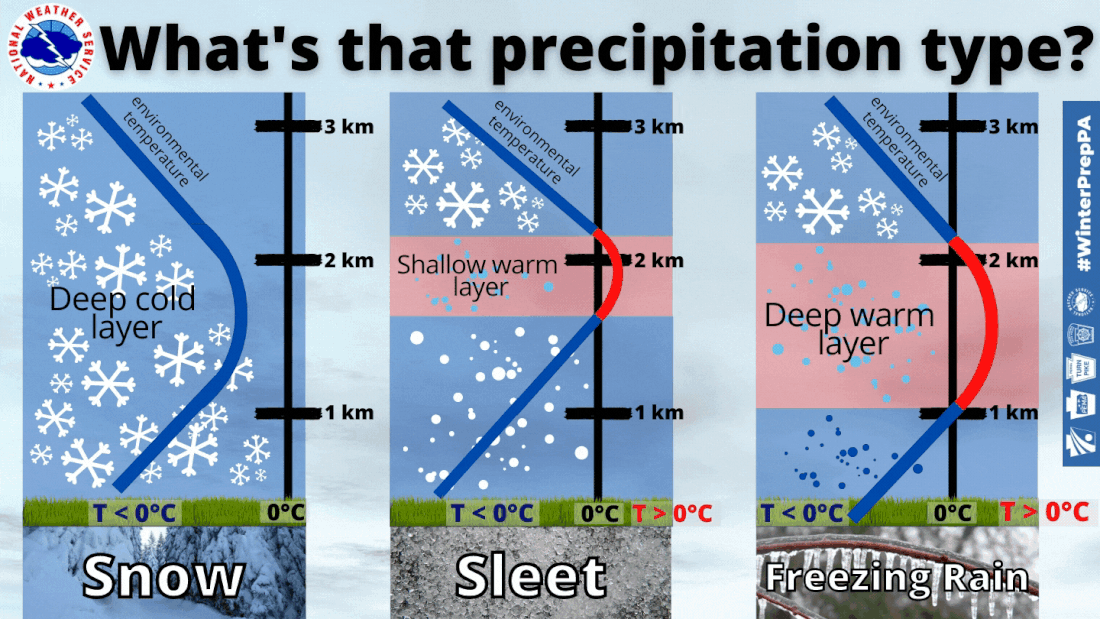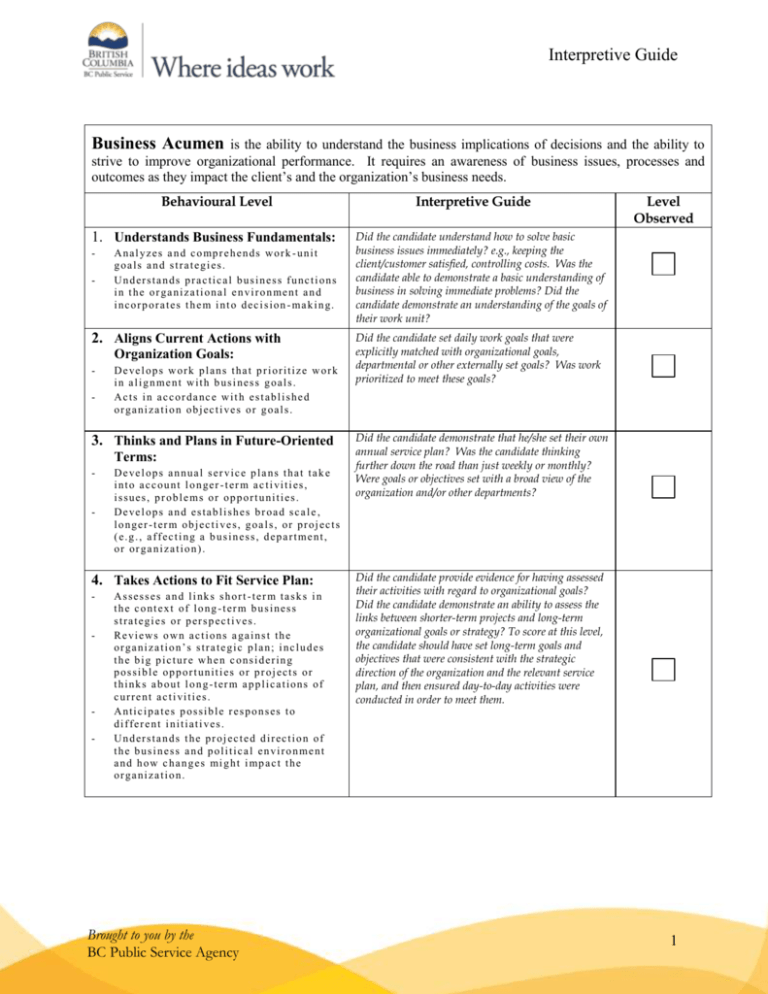Your Comprehensive Guide To The Winter Weather Timeline

Table of Contents
Early Predictions and Seasonal Outlooks (Long-Range Forecasts)
Understanding long-term weather patterns is the first step in preparing for winter. Meteorological agencies, like the National Weather Service (in the US) and similar organizations globally, issue seasonal outlooks several months in advance. These outlooks provide a general idea of what kind of winter we might expect – will it be mild, severe, snowy, or icy? However, it's crucial to understand the limitations of these long-range winter weather forecasts. They offer probabilities, not certainties. A prediction of a "wetter than average" winter doesn't mean it will snow every week.
- Utilize government weather services for initial forecasts: These services provide the most reliable and comprehensive seasonal outlooks.
- Understand the probabilities presented in seasonal outlooks – they are not guarantees: Focus on the overall trend rather than specific predictions.
- Start planning for potential winter weather scenarios based on these early predictions: This might include stocking up on supplies, checking your heating system, and winterizing your home. Early preparation minimizes stress and risk during actual winter storms.
Short-Term Forecasts and Watch/Warning Systems
While seasonal outlooks provide a general picture, short-term winter weather forecasts (1-7 days) are critical for immediate action. These forecasts offer much more precise predictions about the timing, intensity, and type of winter weather expected. This is where the crucial distinction between weather watches and warnings comes into play.
- A watch means conditions are favorable for severe winter weather. Be prepared. This is a time to review your winter weather preparedness plan, charge devices, and gather essential supplies. A watch gives you time to prepare for potential impacts.
- A warning means severe winter weather is imminent or occurring. Take action. This is the time to stay indoors, avoid travel, and follow the instructions from local authorities.
- Pay attention to specific types of warnings: A winter storm warning signifies heavy snowfall, blizzard warnings denote severe blizzard conditions, and ice storm warnings alert of freezing rain and significant icing. Knowing the type of warning helps tailor your response.
- Various sources for receiving weather alerts: Stay informed by using reliable weather apps, listening to weather reports on the radio, and watching television news broadcasts. Multiple sources provide redundancy and ensure you receive critical information.
The Impact of Winter Weather Events
Winter weather encompasses various types of precipitation and conditions, each with its own unique hazards. Understanding these differences is key to effective preparedness and response.
- Heavy snowfall: Can lead to impassable roads, power outages, and disruptions to daily life. Snow forecast accuracy varies based on location and forecasting technology.
- Freezing rain and ice storms: These are especially dangerous as a thin layer of ice can coat surfaces, causing significant tree damage, power line failures, and extremely hazardous driving conditions. Ice storm prediction requires precise forecasting models.
- Sleet: Sleet creates slick roads making travel very dangerous. The snow forecast often includes sleet predictions.
- Windchill factor: Windchill dramatically reduces the perceived temperature, increasing the risk of hypothermia. Always check the windchill factor when assessing the danger of cold weather.
- Staying informed throughout the event: Continue monitoring short-term forecasts and weather alerts even after the initial impact to stay updated on the evolving situation and any potential secondary effects (such as flooding from melting snow).
Post-Winter Weather Event: Recovery and Preparation for the Next Event
After a winter weather event, recovery and preparation for future events are vital. The post-storm phase requires careful assessment and action.
- Check on neighbors, especially the elderly: Ensure their safety and offer assistance if needed.
- Report downed power lines to utility companies: Never approach downed power lines.
- Clear snow and ice from walkways and driveways: This prevents accidents and ensures safe passage.
- Make repairs to any damage sustained during the event: Address any damage to your property promptly.
- Replenish emergency supplies: After using emergency supplies, restock them to ensure readiness for the next event.
- Continued monitoring of weather forecasts: Stay informed about future weather predictions to prepare for subsequent winter weather events.
Conclusion
Understanding the winter weather timeline is key to staying safe and prepared throughout the winter season. By paying attention to long-range forecasts, short-term predictions, and official weather alerts, you can minimize risks and effectively manage the challenges winter weather brings. Remember to utilize reliable sources for weather information and always be prepared for the unexpected. Stay informed and stay safe with your comprehensive understanding of the winter weather timeline and the various winter weather forecasts available. Regularly review your winter weather preparedness plans and adjust them as needed to ensure you are always ready for whatever winter throws your way. Develop a robust winter weather preparedness plan today!

Featured Posts
-
 The Closure Of Anchor Brewing Company A Look Back At Its History
Apr 25, 2025
The Closure Of Anchor Brewing Company A Look Back At Its History
Apr 25, 2025 -
 Trio De Peso Jorge E Mateus Com Felipe Amorim No Carnaval
Apr 25, 2025
Trio De Peso Jorge E Mateus Com Felipe Amorim No Carnaval
Apr 25, 2025 -
 Ftc Probe Into Open Ai Implications For The Future Of Ai
Apr 25, 2025
Ftc Probe Into Open Ai Implications For The Future Of Ai
Apr 25, 2025 -
 Canakkale Zaferi 2025 Yilinda Anma Etkinlikleri Ve Tarihi Oenemi
Apr 25, 2025
Canakkale Zaferi 2025 Yilinda Anma Etkinlikleri Ve Tarihi Oenemi
Apr 25, 2025 -
 Bayerns Six Point Bundesliga Lead A Closer Look At The St Pauli Victory
Apr 25, 2025
Bayerns Six Point Bundesliga Lead A Closer Look At The St Pauli Victory
Apr 25, 2025
Latest Posts
-
 Samuel Dickson Contributions To Canadian Industry And Forestry
May 10, 2025
Samuel Dickson Contributions To Canadian Industry And Forestry
May 10, 2025 -
 St Albert Dinner Theatres Farcical Production A Whirlwind Of Laughter
May 10, 2025
St Albert Dinner Theatres Farcical Production A Whirlwind Of Laughter
May 10, 2025 -
 Markw Fyraty Msyrth Me Alerby Alqtry Bed Tjrbt Alahly Almsry
May 10, 2025
Markw Fyraty Msyrth Me Alerby Alqtry Bed Tjrbt Alahly Almsry
May 10, 2025 -
 West Hams 25m Financial Gap How Will They Plug It
May 10, 2025
West Hams 25m Financial Gap How Will They Plug It
May 10, 2025 -
 The Business Acumen Of Samuel Dickson A Study Of A Canadian Industrialist
May 10, 2025
The Business Acumen Of Samuel Dickson A Study Of A Canadian Industrialist
May 10, 2025
